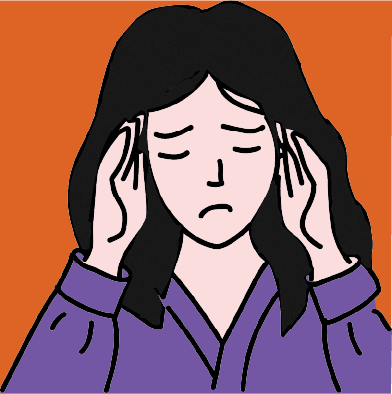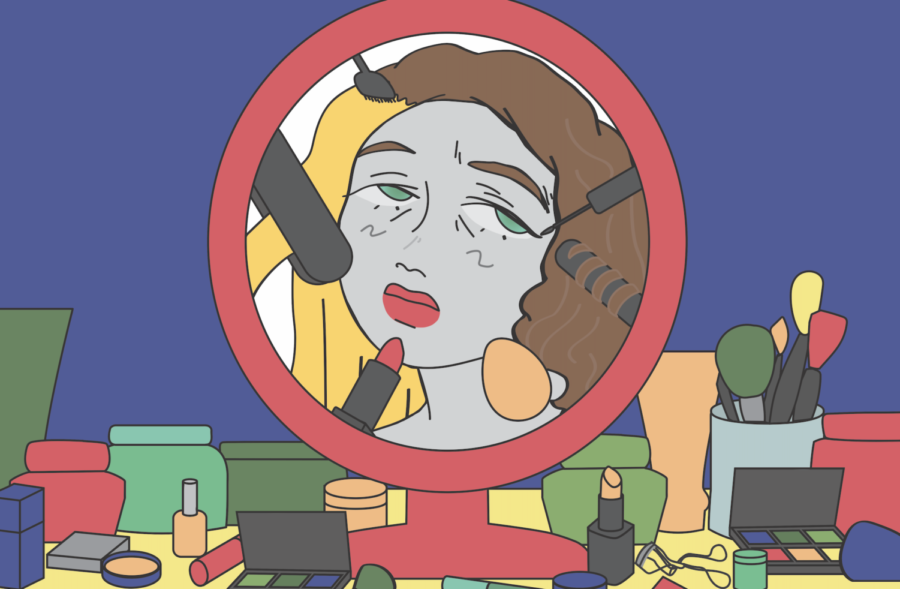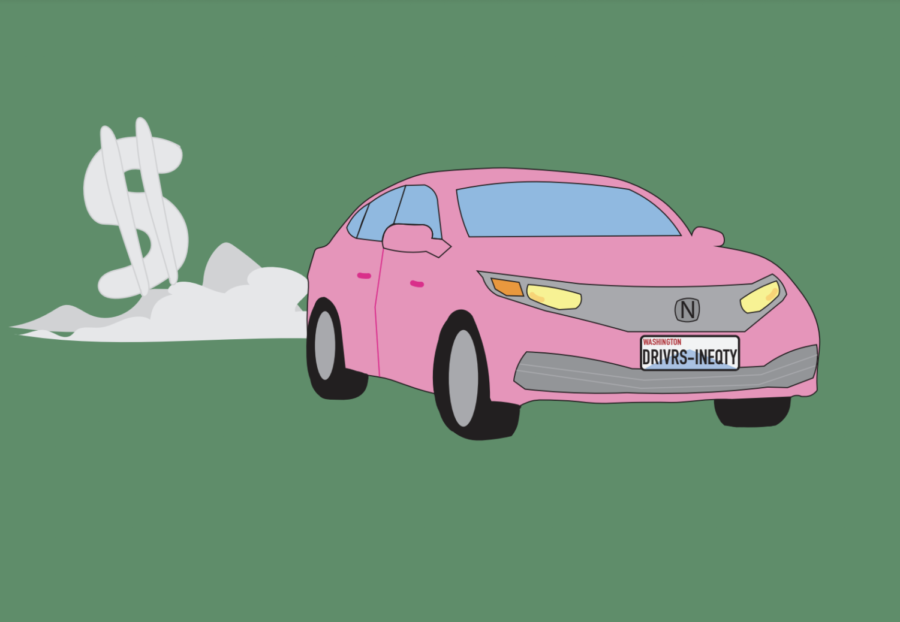Before you proceed with this article, please be aware that the overarching theme is disordered eating. If you are sensitive to or provoked by mentions of eating disorders, we suggest that you please take precautions while reading. Thank you.
Social media is one of the largest influences on people in the world with over three billion people using social media at least once per month in 2020. According to the American Psychiatric Association, this influence exposes people to harmful content that can lead to various debilitating mental illnesses. Eating disorders are among the most fatal mental illnesses in teenagers, and four percent of teenagers worldwide are currently suffering from one, according to the National Association of Anorexia Nervosa and Associated Disorders (ANAD). Studies from Pediatric Child Health show that social media is one of the largest environmental pressures for teenagers across the globe. Although not the sole cause for eating disorders, social media is a catalyst for such disorders.
In pop-culture, specifically film and fashion houses, trends lean toward women who are considerably thinner and men who are considerably more muscular than the average person.
This discrepancy hits the most vulnerable parts of the population — teenagers exposed to media platforms. In people under the age of 25, the amygdala, the part of the brain that aids in decision making, is not fully developed. This means that teenagers can have a tough time disconnecting reality from fantasy, making them more susceptible to social media’s influence. This fantasy is oftentimes stemmed from tremendous “photoshopping”, or photo manipulation, that occurs, the Los Angeles Times reported.
Young people are exposed to such fantasy constantly with the rise of social media, student Clark Simpson* said.
“People use it to portray themselves in a perfect way and others seeing all of these ‘perfect’ people want to be ‘perfect’ too,” they said. “Also, social media is a big platform for celebrities, some who have gotten plastic surgery but continue to deny it, which just sets unrealistic standards for the average person.”
Vegan food blogger Jordan Younger voiced her experience with the promotion of healthy eating on Instagram. Younger claimed that her strict diet became an obsession — one that completely overcame her life. Similarly, kids are encouraged to look and act a certain way through the lenses of social media platforms, all of which have created a toxic environment for mental health. In a survey of Inglemoor students, 85% said social media had impacted their relationship with food in a negative way.
“Social media leads to the comparison of our lives to those of others,” student Megan Miller* said. “For me, I would always compare my body or routines to what I was seeing on social media. There is also a whole lot of diet talk and ‘advice’ all over social media, which is super harmful.”
These online communities normalize toxic behaviors as “support” for harmful weight loss. Another student noted in the survey that weight loss advertisements on platforms such as TikTok and Instagram are difficult to avoid. Student Tara Grey* said that social media is a breeding ground for comparisons; it starts to become a competition in the way that lifestyles are shared, she said.
“It reinforces harmful body or beauty standards. I’ve noticed that in the comments on a post, the girl or boy’s body is always pointed out, and there are many compliments that are kinda backhanded and not really compliments,” Grey said. “I think that social media can be super toxic, especially for young girls, where the last thing they should be worried about is if their body is the beauty standard.”
Claire Mysko, head of youth outreach for the National Eating Disorders Association (NEDA), said that social media amplifies behaviors associated with eating disorders — obsessions, comparisons and competition — with a constant stream of imagery and camaraderie-building, and the ease with which these teenagers can gain approval.
Organizations like NEDA are working to make social media a less harmful place by filtering out pro-eating disorder content. NEDA, specifically, has worked with every social media platform to help weed out dangerous feeds. Clicking on certain hashtags, for example, will prompt advisory warnings and a link to the NEDA website. This website provides resources for those struggling with eating disorders, such as articles to learn more about disordered eating and its impacts.
Moreover, Mysko said social media sites may be a catalyst for the disorders, but they are not always the primary cause. This is seconded by one survey respondent who said that their eating disorders were not caused by social media, but rather that their preconceived notions of the beauty standard were amplified by their use of it.
This is why it is incredibly important to use social media safely. Preventative measures, like thinking critically about social media use, is something that can stop an eating disorder from presenting itself in an at-risk teen, Mysko said. It is important to understand that social media is not reality. Separating the real world from what is shown in the media is not a simple task but it is crucial in getting ahead of disordered eating. Safe media practices can shift social media away from perceived perfection and instead make social media an environment that embraces real portrayals of life, bodies, love and food.
“While I think it can be a wonderful tool, social media can also be incredibly harmful, especially to people who are emotionally vulnerable. There are many great people, but there is also a lot of hate,” Grey said. “People really need to be careful while on these platforms; we can start to get ahead of disordered eating habits and get people on the path to recovery.”
*Names changed for anonymity























